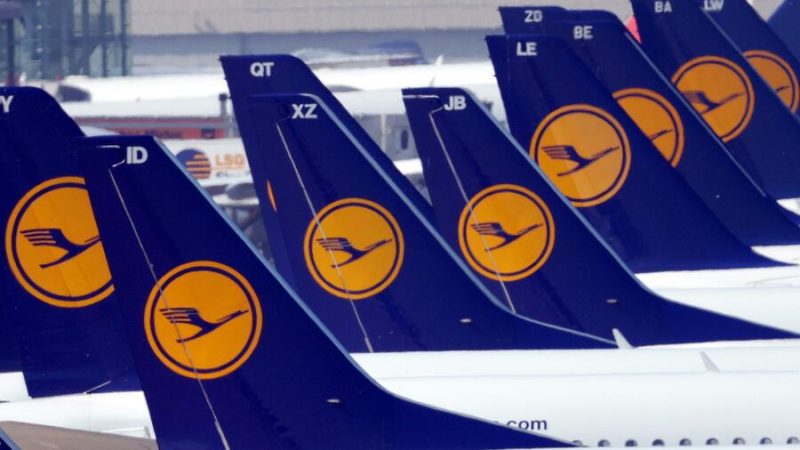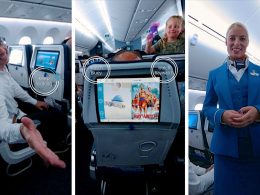Lufthansa Aviation is now using virtual reality for staff training. Flight attendants are put into dangerous situations with data goggles.
After Lufthansa had already worked with several VR projects Lufthansa, the world's leading airline, is now also training its flight attendants with the help of virtual reality. In two centres in Munich and Frankfurt, around 18,500 flight attendants are to take part in safety-related lessons every year, as the subsidiary Lufthansa Aviation Training reported on Tuesday.
With the help of data goggles, the trainees are placed in actual situations in the aircraft cabin. There are plans to extend this to other training programmes. The new method is more efficient and cost-effective than training in an aircraft or a real cabin simulator.
Ola Hansson, Managing Director at LAT, comments: "We are very proud that we are now officially launching virtual training for Lufthansa flight attendants and can offer them the most modern VR training centre for the aviation sector in Europe. Digitalisation is one of LAT's focus topics and with the new VR hubs we have a great example of how consistently and in tune with the times we are driving these topics forward."
From the training centre straight onto the plane
For the training itself, the participants are given VR goggles - which they then use to enter one of the 18 new VR cabins measuring approx. 3.00 metres by 3.00 metres at the LAT training locations in Frankfurt and Munich. As soon as the goggles are put on, the trainees are immediately in the virtual aircraft and receive a brief introduction from the digital assistant "VIA" (short for "Virtual Interactive Assistant"). During the entire exercise, a panel operator in the VR hub keeps a constant eye on what is happening via several monitors: Live videos are transmitted from each cabin as well as what the trainee is seeing. The trainee and operator can also contact each other directly at any time - whether for follow-up questions or useful assistance. A key advantage of virtual training is that several flight attendants can now be trained at the same time. Compared to training on a real aircraft or a cabin simulator, VR training is also the most efficient and cost-effective solution.
Source: Handelsblatt / austrianwings









